Kyoto
Where is Kyoto?
Kyoto Prefecture is located on the island of Honshu, Japan, in the Kansai region.
The prefecture is bordered by Fukui and Shiga Prefectures to the east, Osaka Prefecture to the south and Hyogo Prefecture to the west.
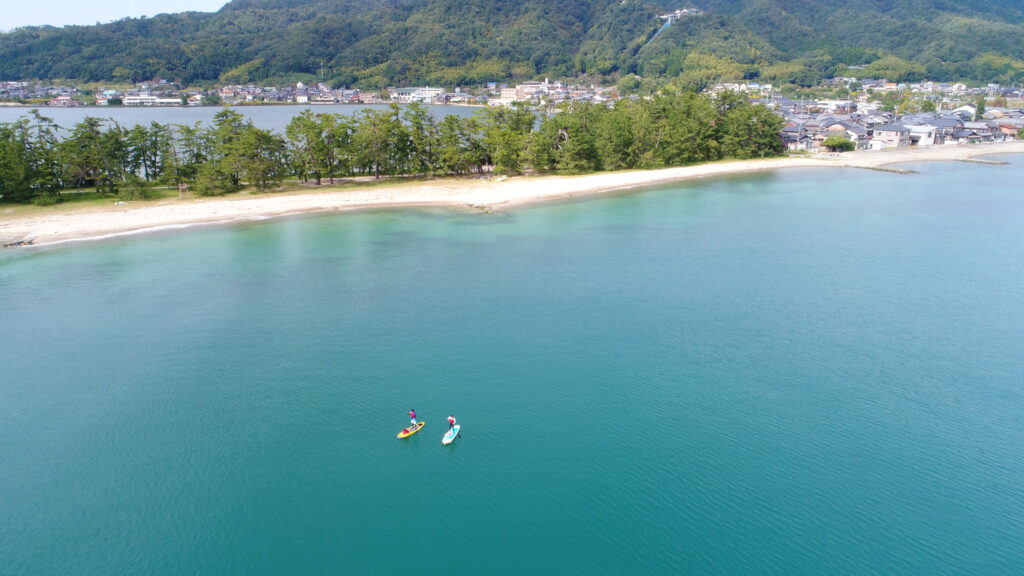
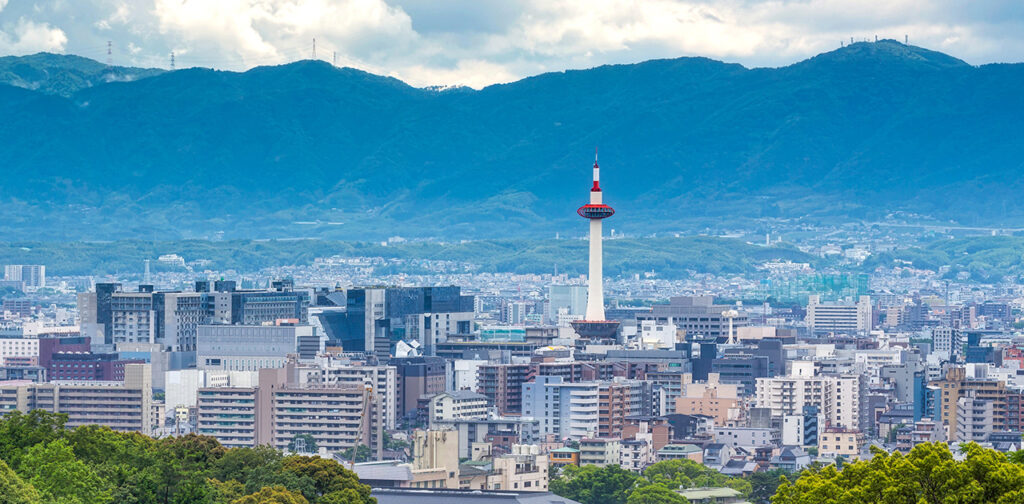

Historically, Kyoto City served as the imperial capital of Japan for over a thousand years. It now serves as the capital of Kyoto Prefecture.

What is Kyoto known for?
Kyoto City was Japan’s imperial capital for over 1,000 years, from 794 to 1868. Originally named Heian-kyo, it was modeled after the ancient Chinese capital of Chang’an.
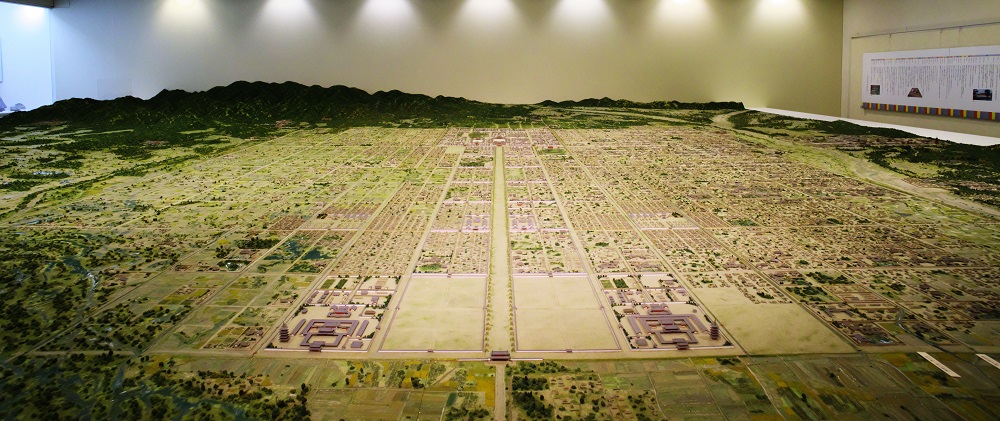
During this period, Kyoto flourished as a center of culture, religion, and politics, shaping much of Japanese art, literature, and philosophy.
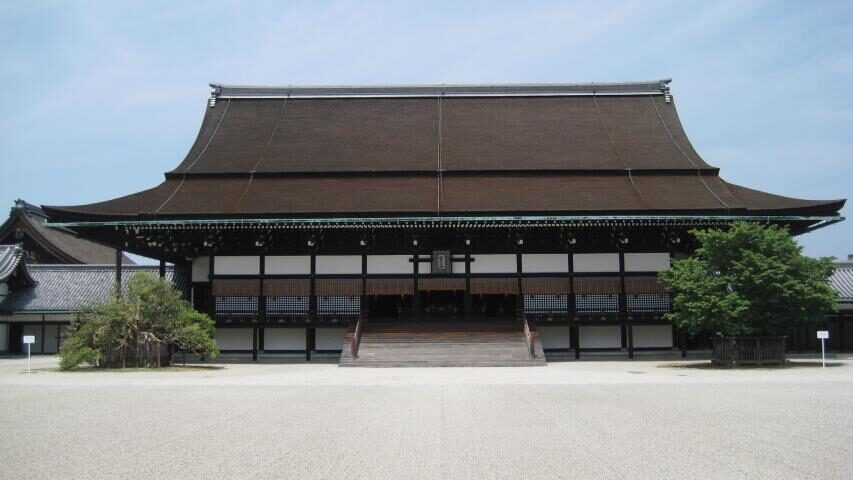
While the capital moved to Tokyo, Kyoto retained its historical significance and avoided major damage during World War II.
This preservation allows visitors to experience numerous well-maintained temples, shrines, and traditional wooden machiya houses.
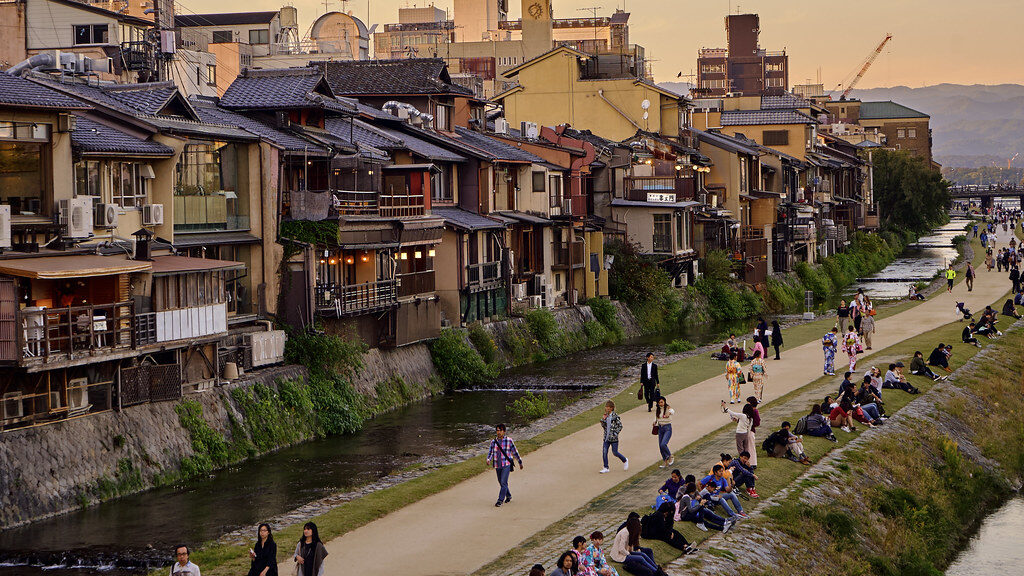
Kyoto Prefecture is famous for its traditional crafts like Nishijin-ori textiles and Kiyomizu-yaki pottery.
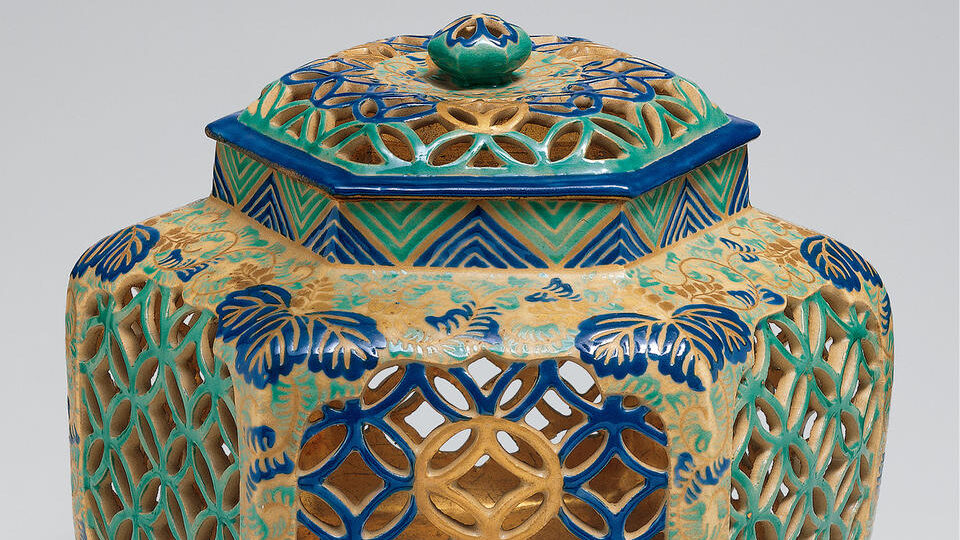
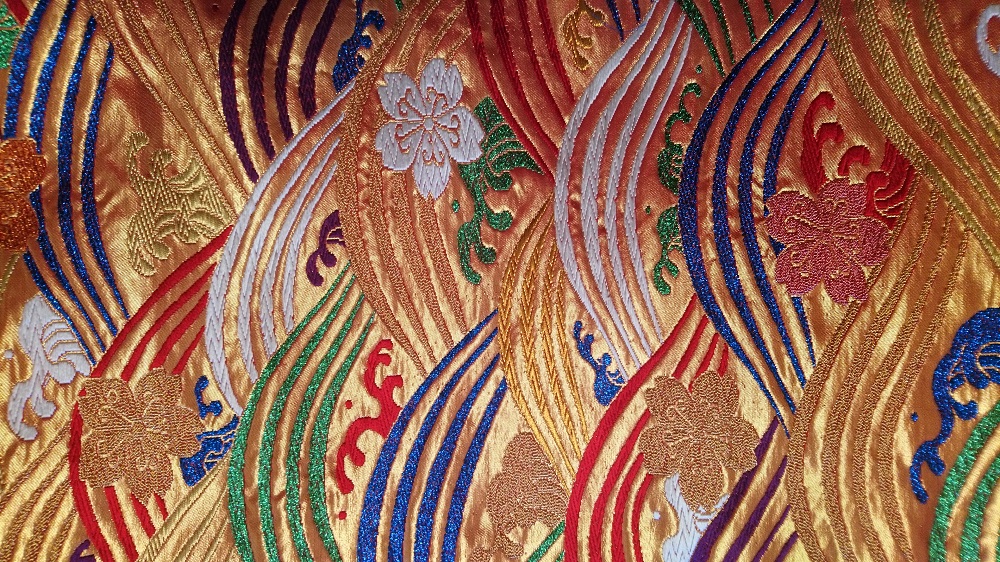


Local cuisine is known throughout Japan for delicate flavors and seasonal ingredients.
Obanzai is a style of cuisine originating from Kyoto which uses seasonal ingredients, especially vegetables. To qualify as Obanzai, at least half of the ingredients in the meal must come from Kyoto.
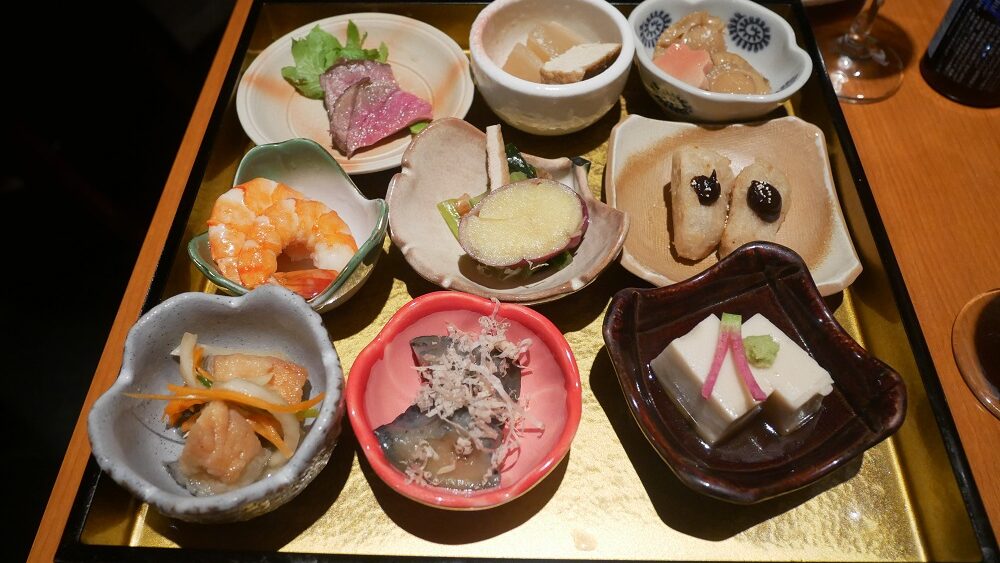
Gion, Kyoto’s geisha district, offers a glimpse into this unique cultural tradition and is popular with tourists due to how well the historic buildings in the area have been preserved.
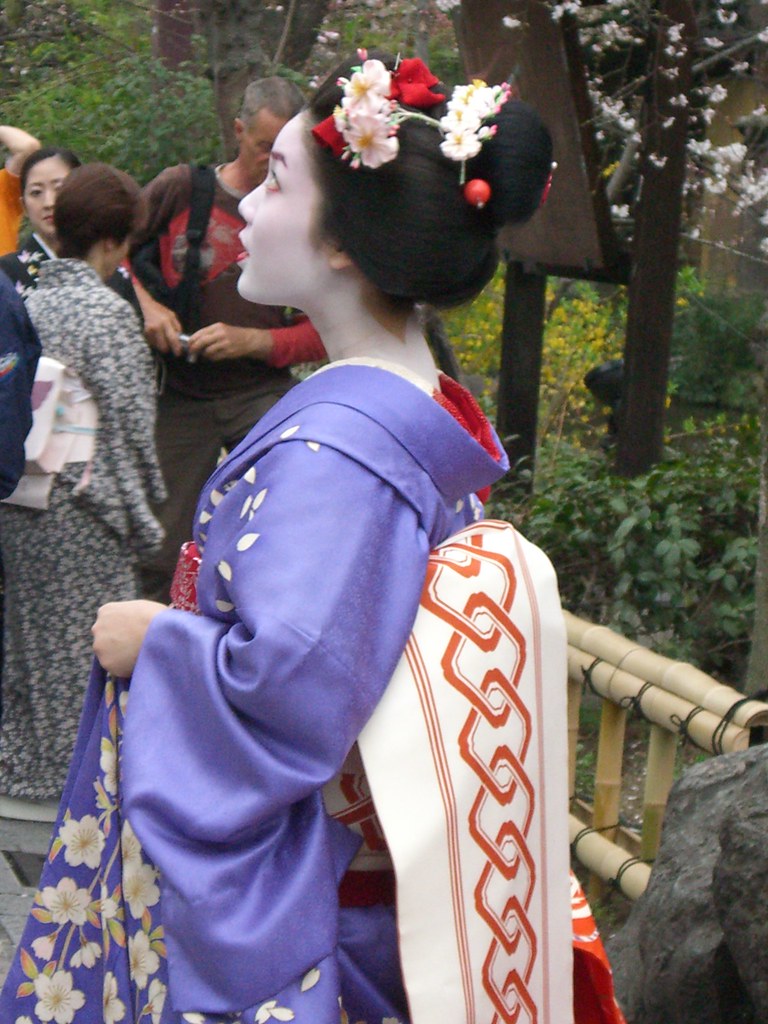
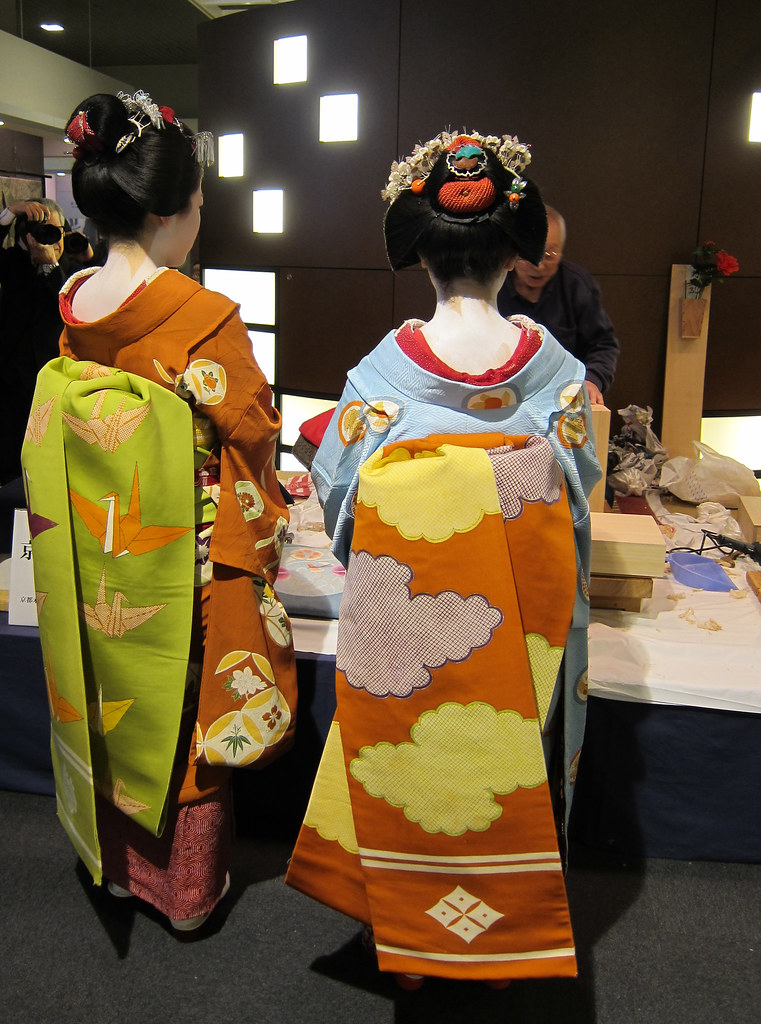


The prefectures stunning natural beauty, particularly during cherry blossom and autumn leaf seasons, also attracts visitors from around the world.
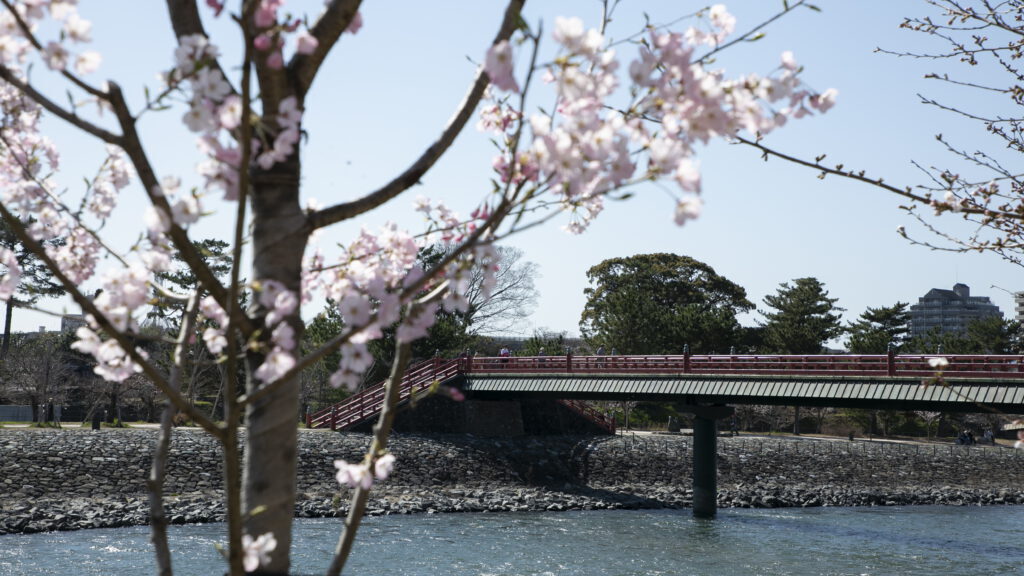
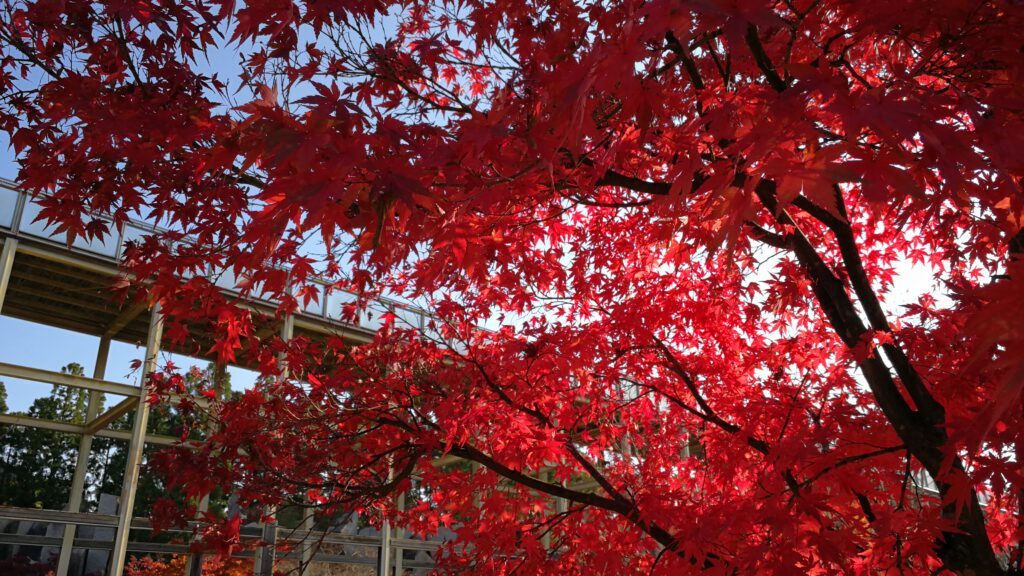


Where should I visit in Kyoto?
For those interested in history and temples, Kyoto City is a must-see.
Kinkaku-ji (Golden Pavilion) is a stunning Zen Buddhist temple covered in gold leaf and a major tourist attraction in the north of Kyoto City.
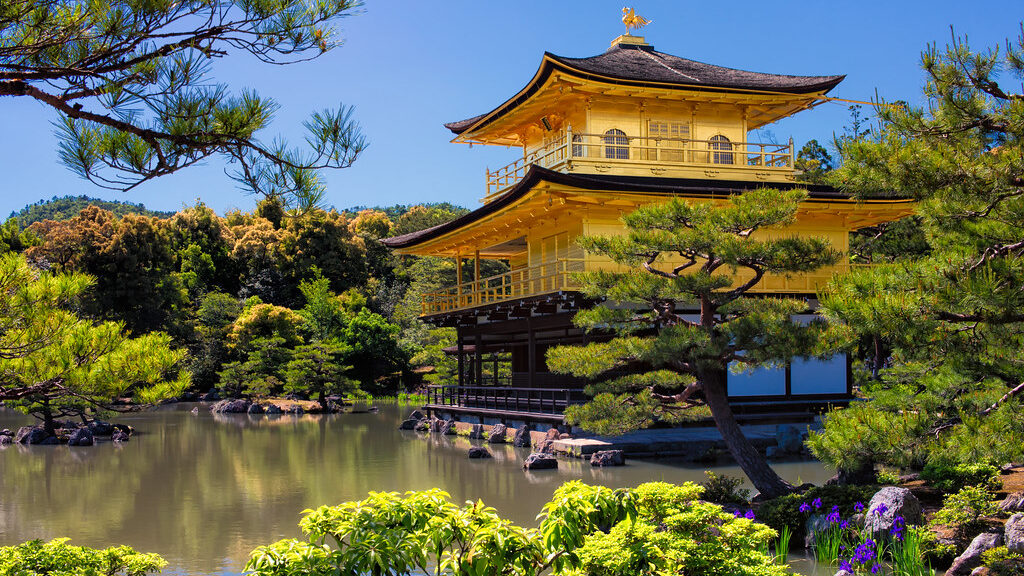
Fushimi Inari-taisha Shrine is a Shinto shrine known for its thousands of vermilion torii gates winding up a mountainside.
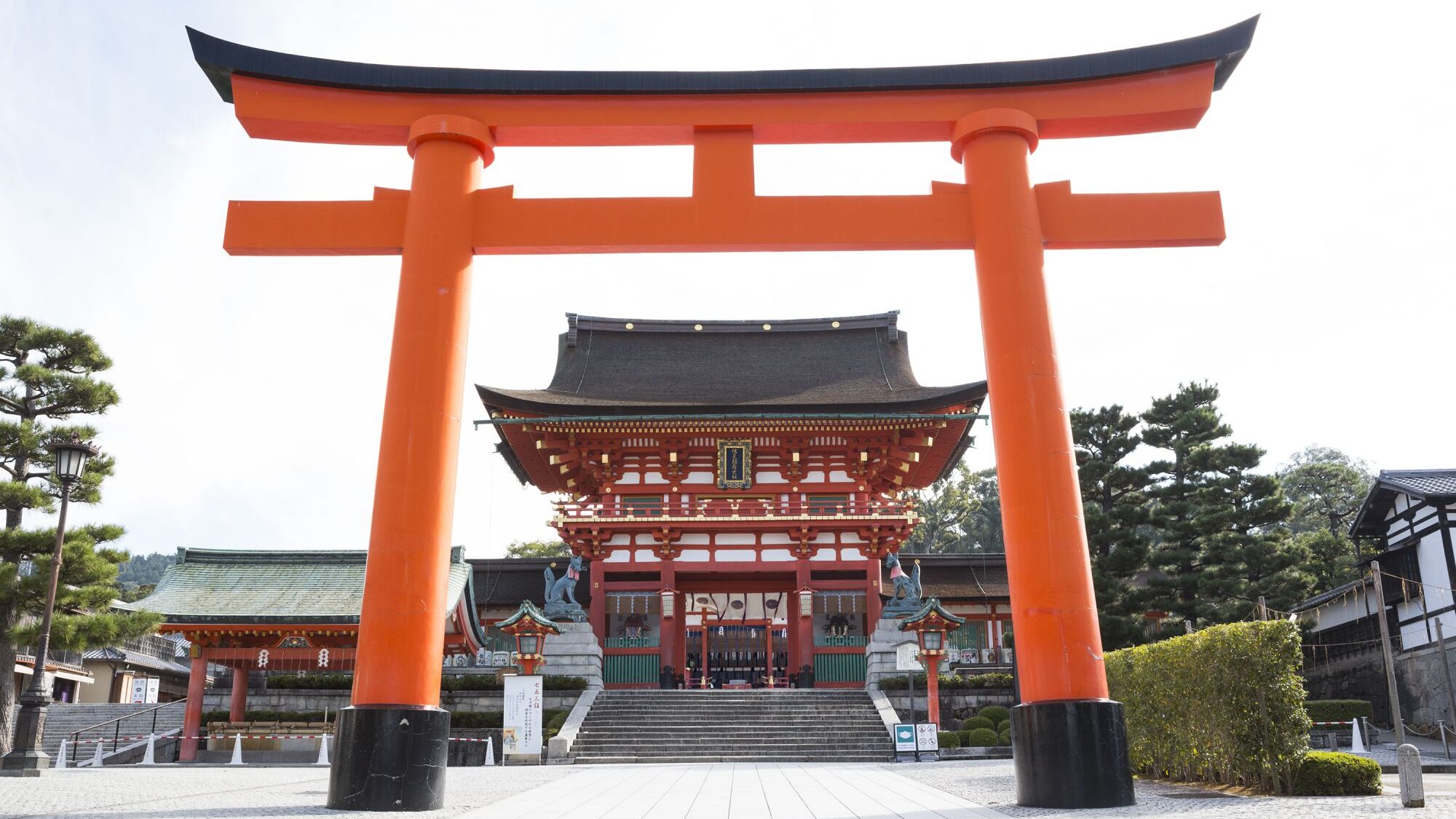
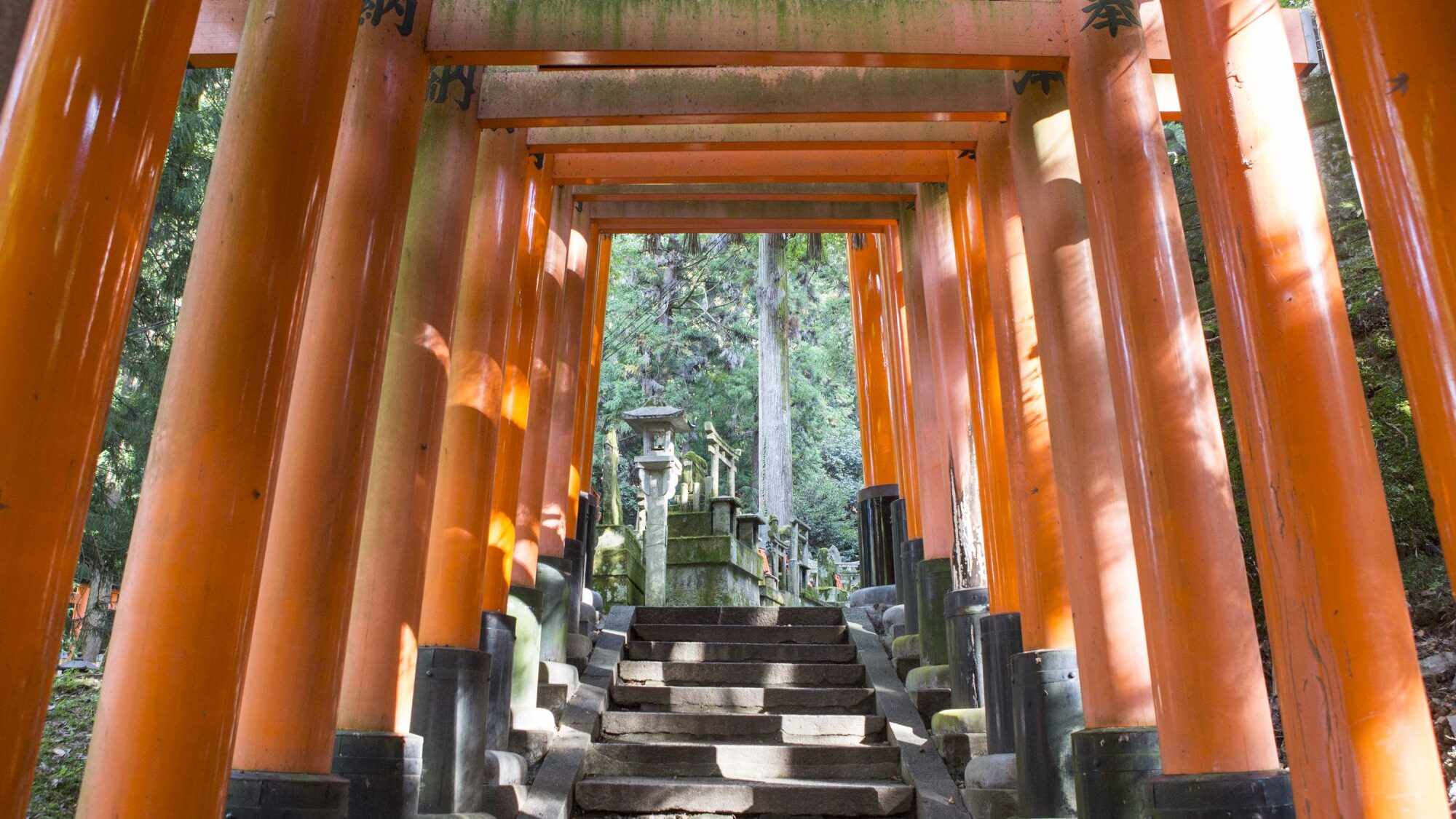
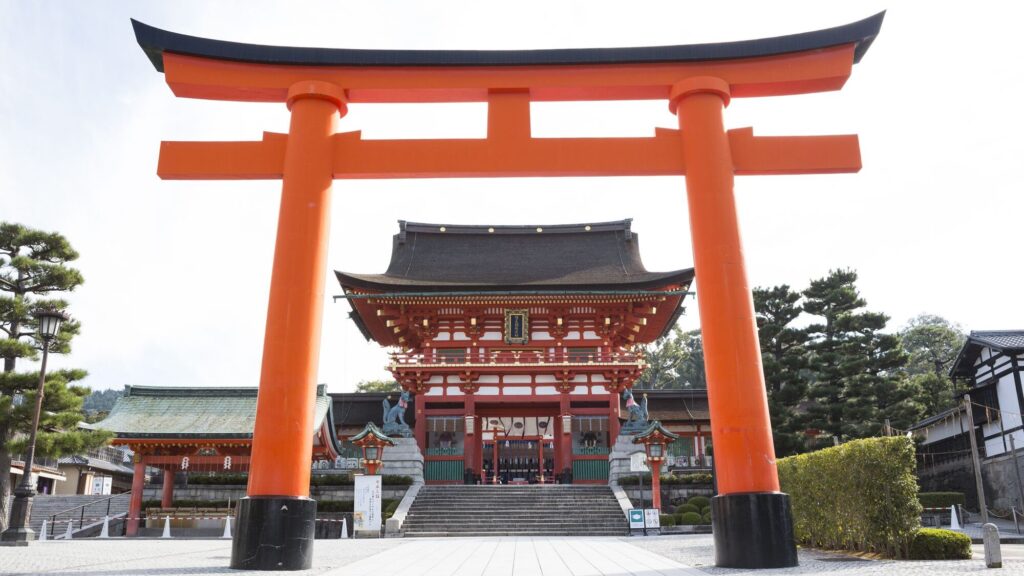
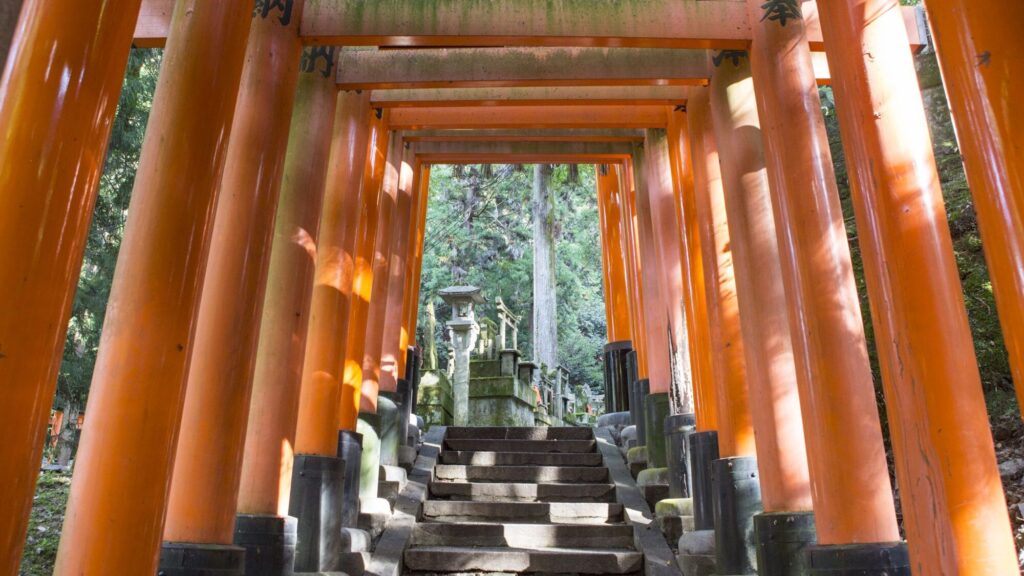
Kiyomizu-dera Temple in Kyoto City is a wooden temple with a large veranda offering panoramic city views.
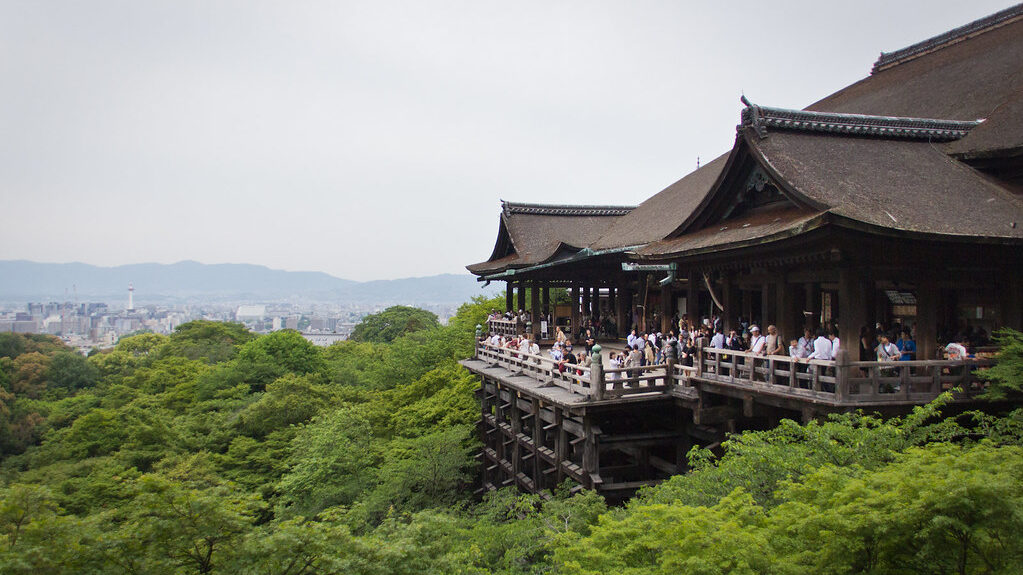
Arashiyama Bamboo Grove is a major tourist attraction known for its picturesque path through towering bamboo stalks.
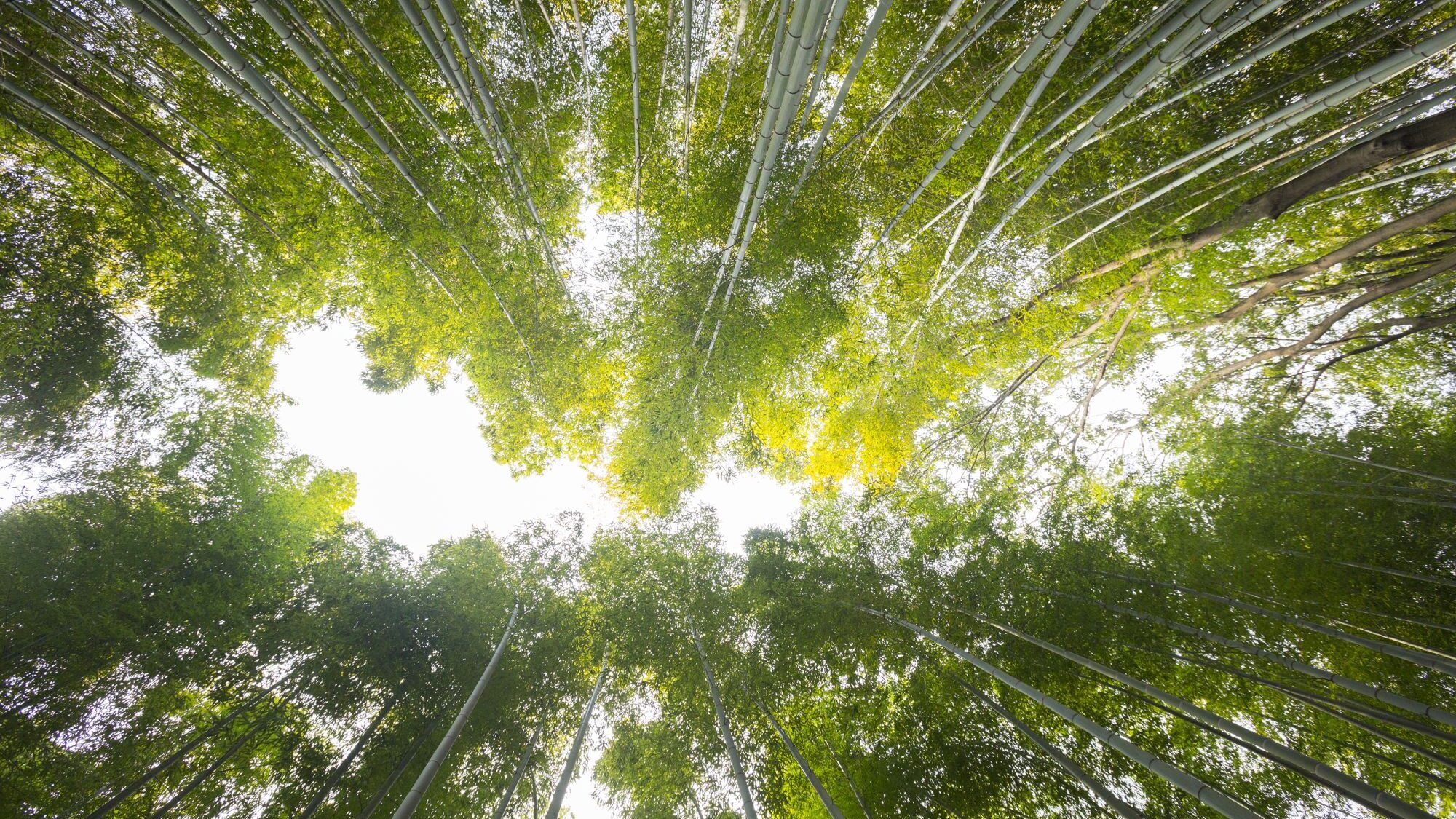
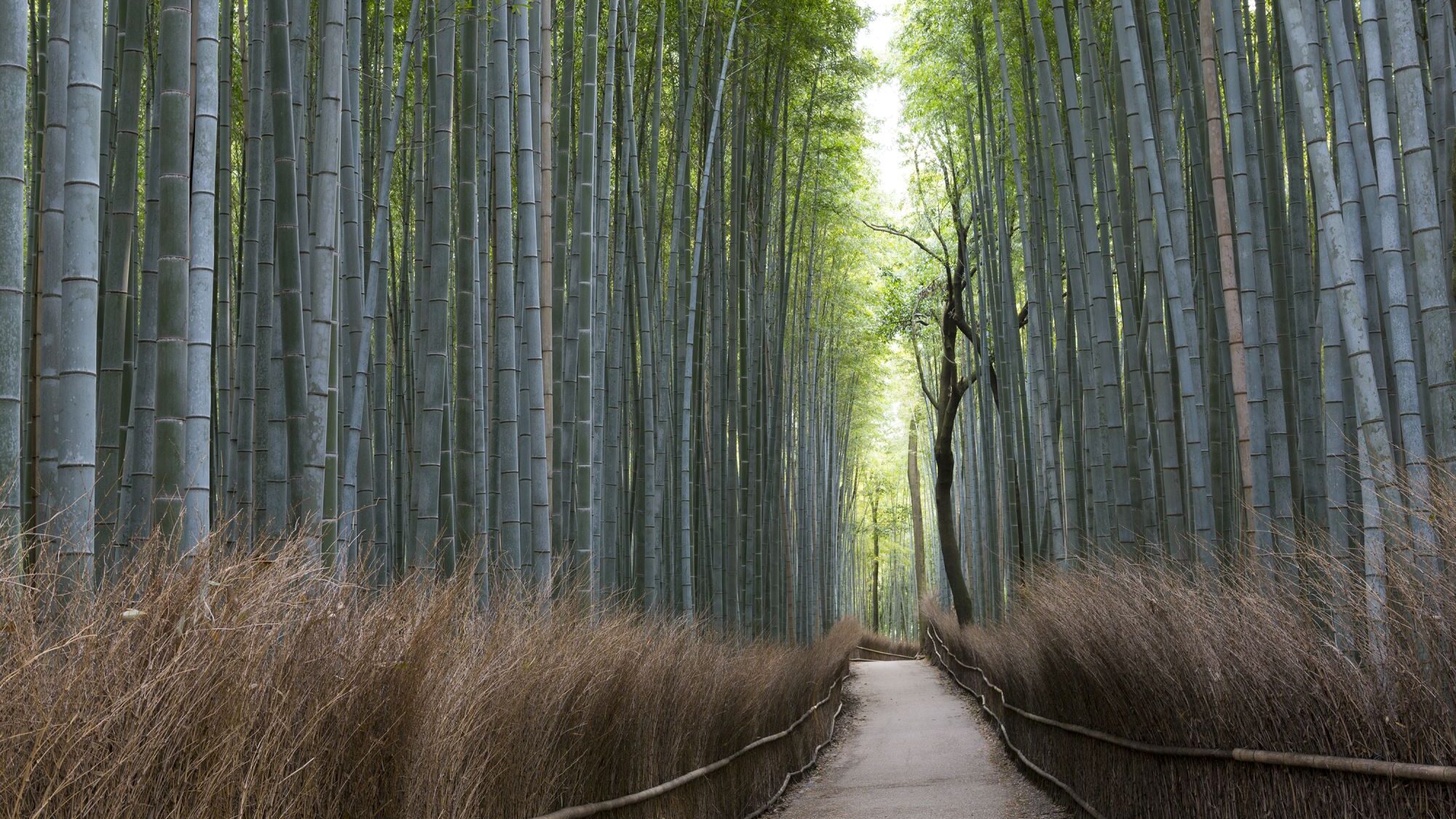
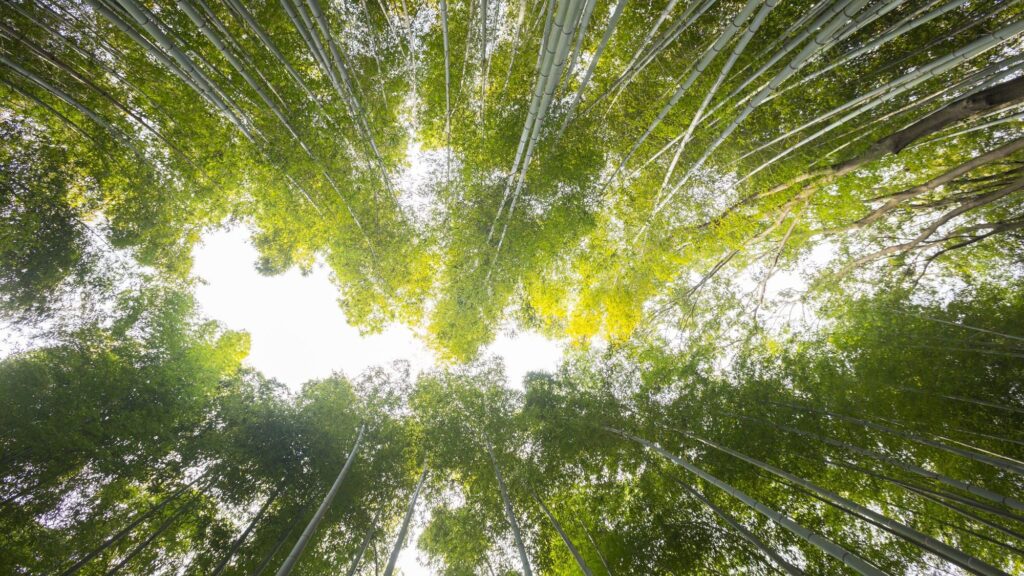
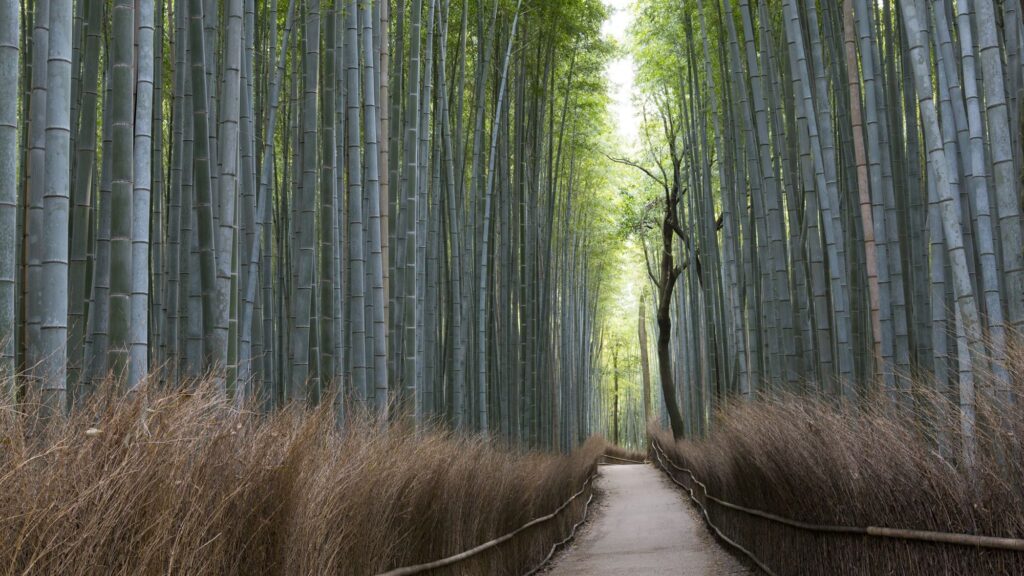
Nijo Castle is a UNESCO World Heritage site, showcasing Edo-era architecture and gardens as well as a “Nightingale” floor that makes birdsong noise when walked across.
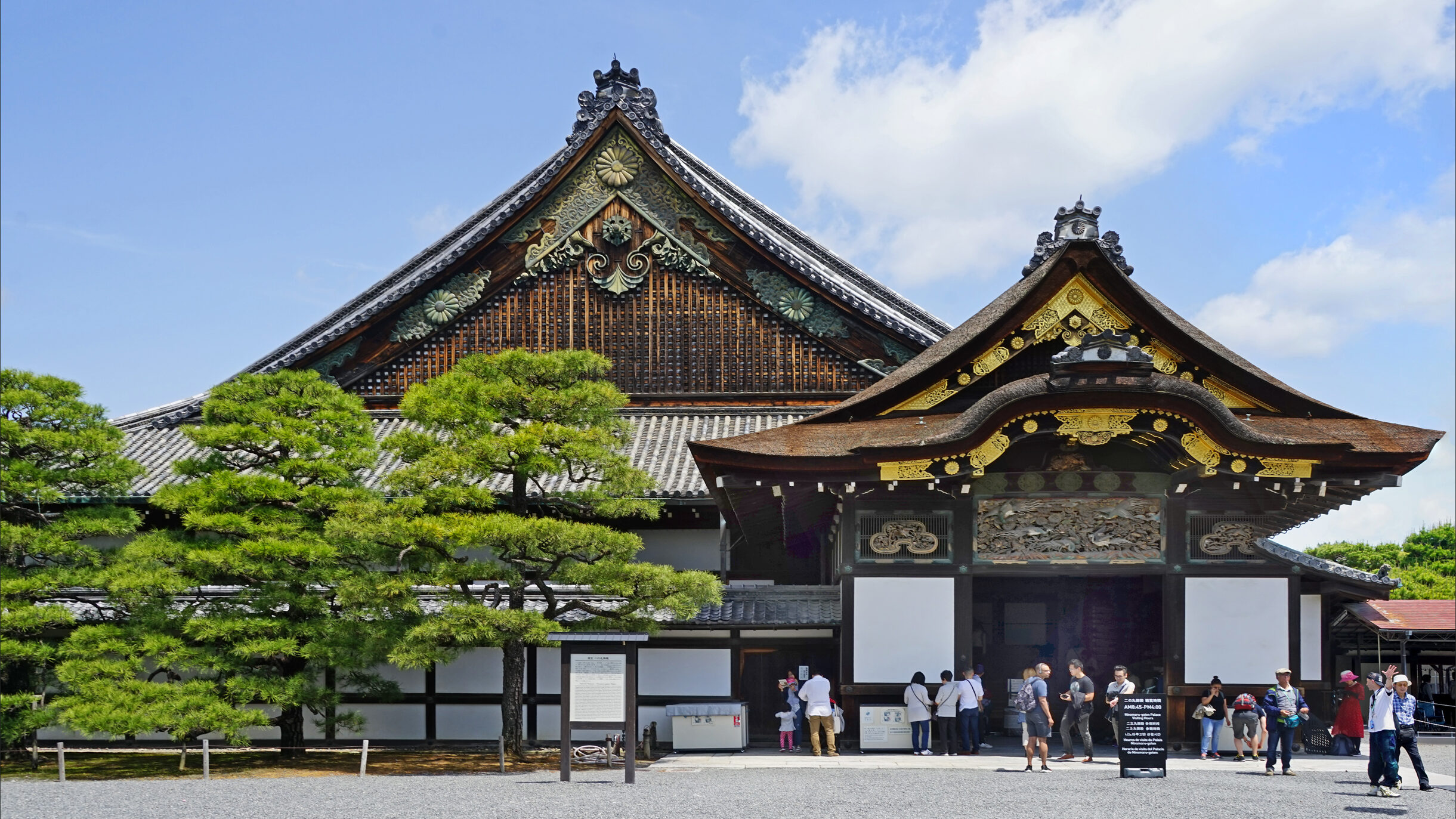
Gion is Kyoto City’s geisha and entertainment district where you might catch a glimpse of geiko (Kyoto geisha) or maiko (apprentice geisha) is a major visitor attraction.
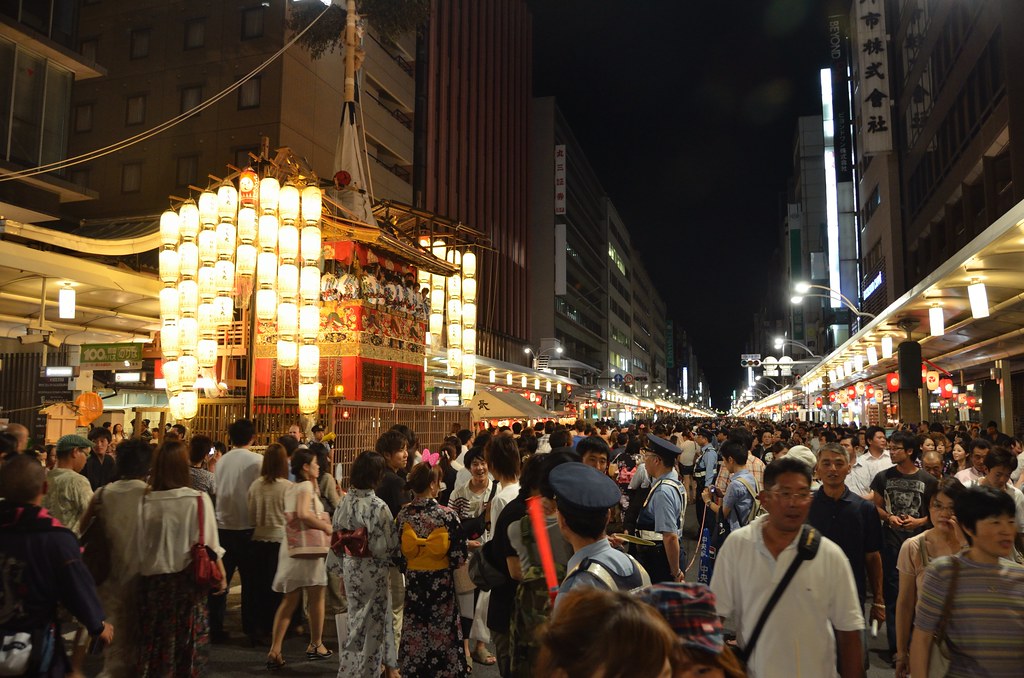
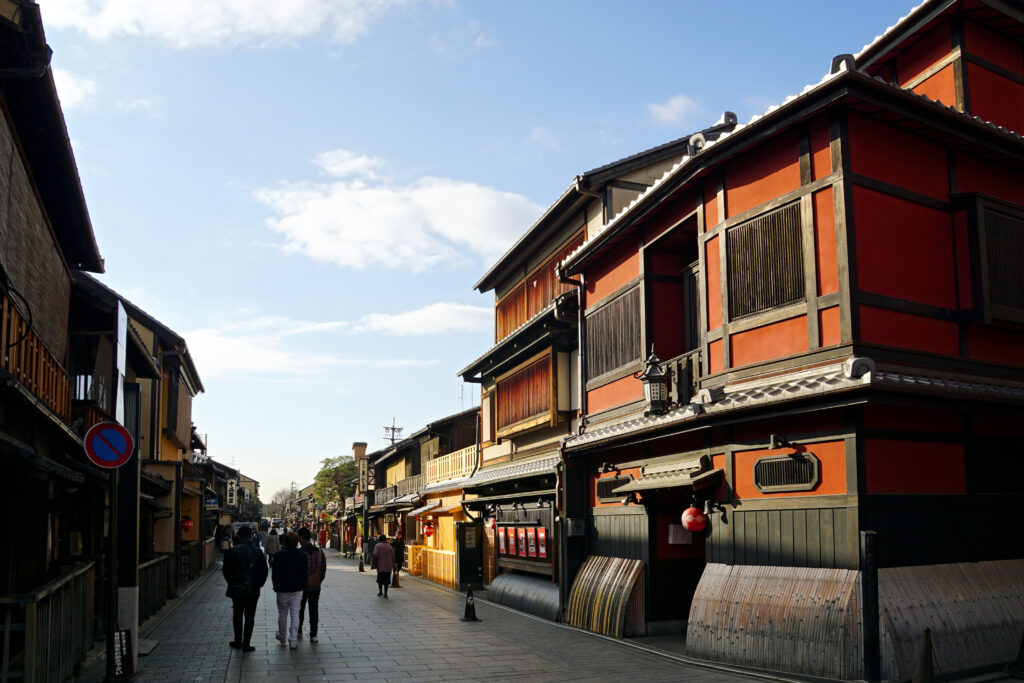


The Hozugawa River is located in a stunning valley in western Kyoto Prefecture. River boat rides along the river are a popular attraction.
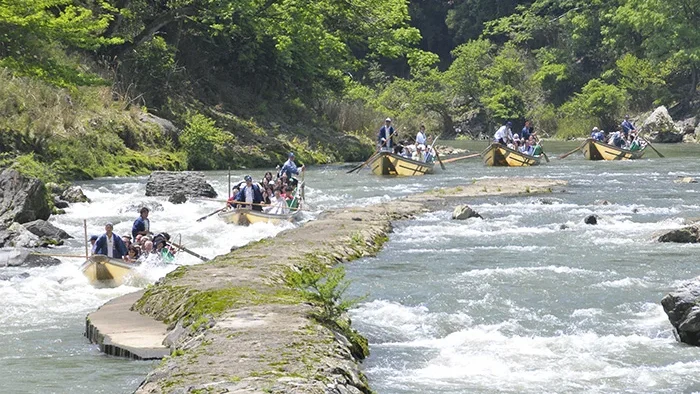
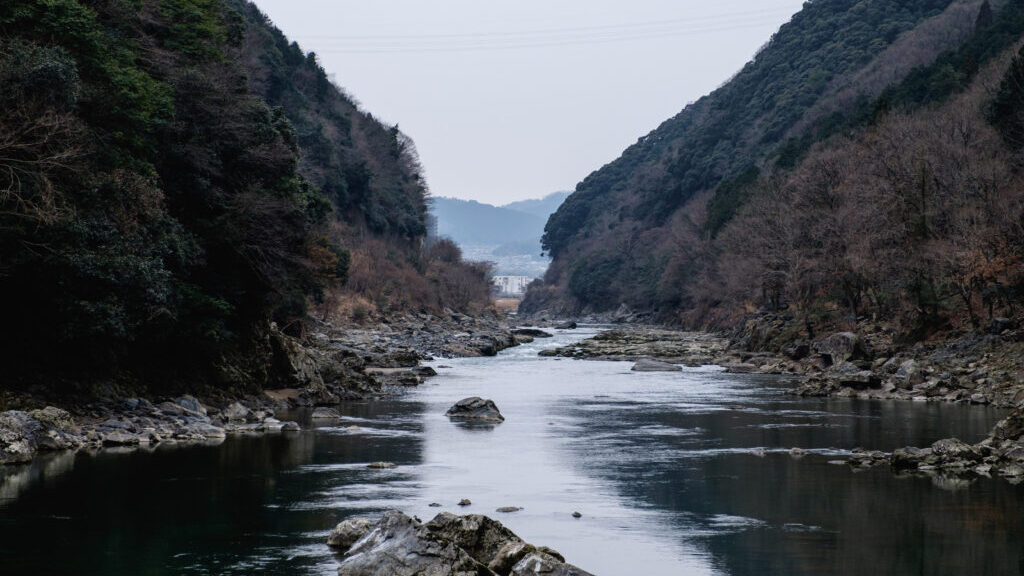


The Sagano Scenic Railway offers scenic train rides along the Hozugawa River between Arashiyama in Kyoto City and the city of Kameoka.
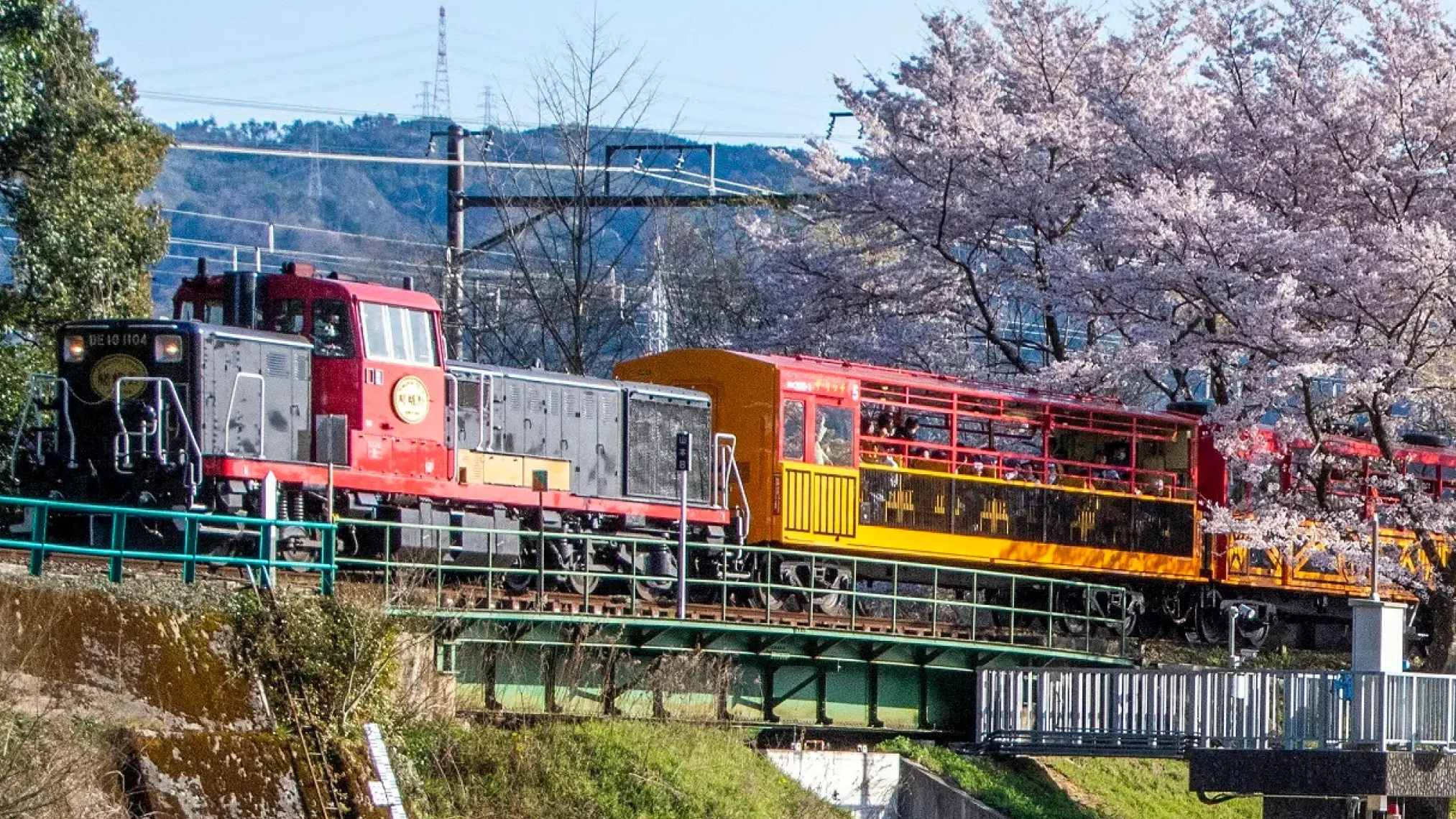
Byodo-in Temple is a beautiful temple featured on the ten-yen coin. It is located in Uji, a city south of Kyoto known for green tea.
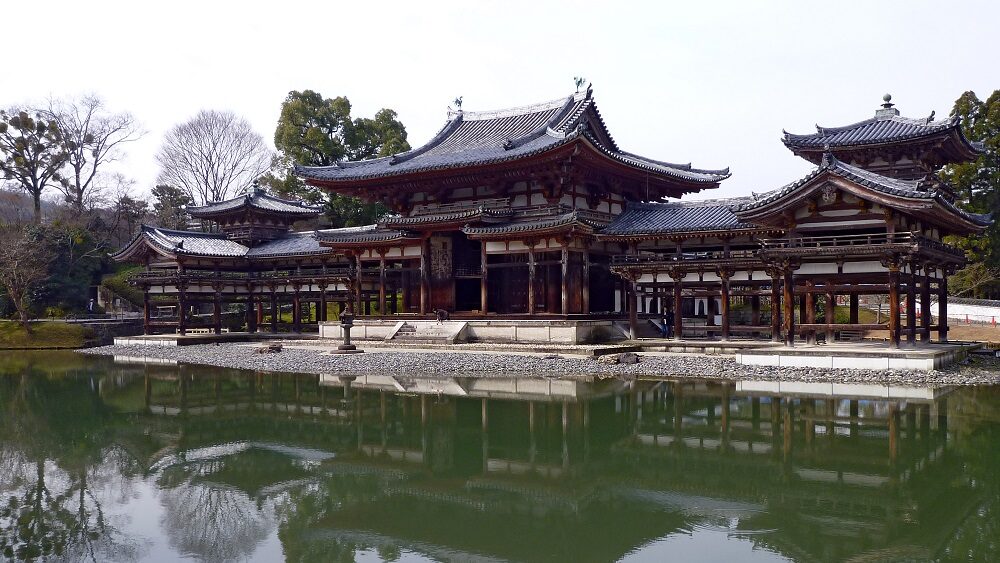
Amanohashidate, a sandbar covered in pine trees, is considered to be one of Japan’s three most scenic views and is located in northern Kyoto Prefecture.
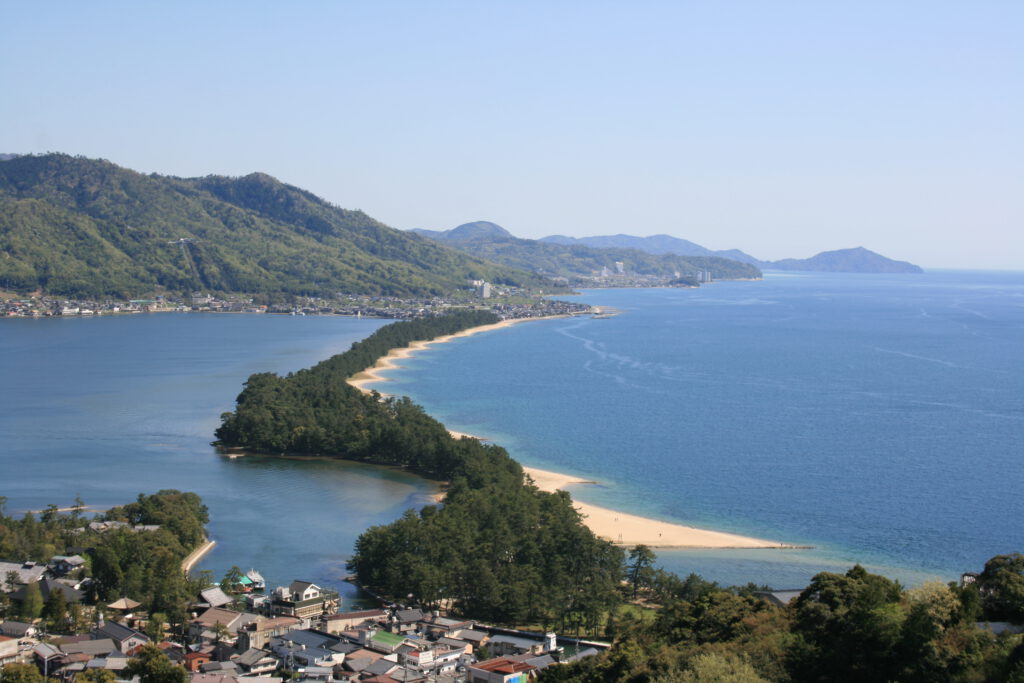
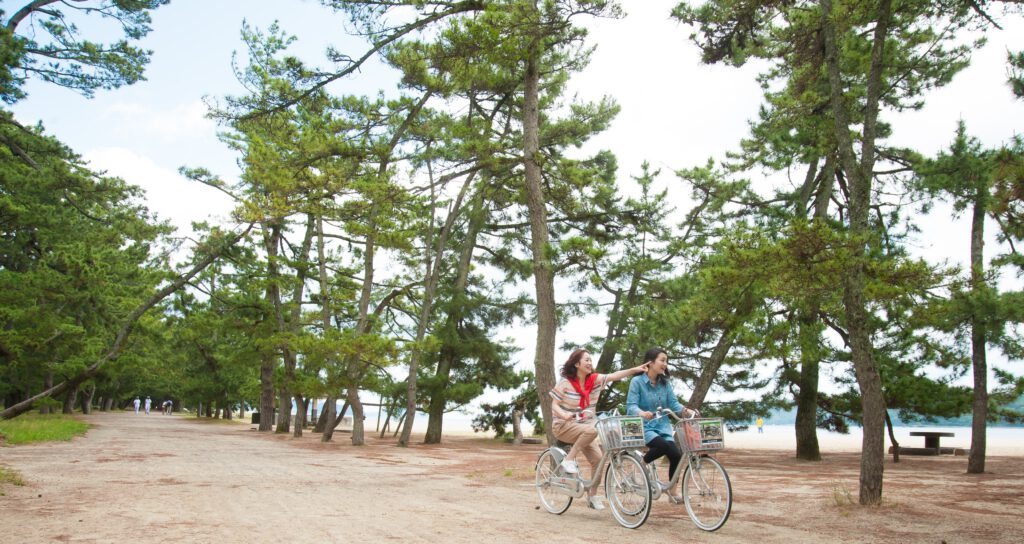


When is the best time to visit Kyoto?
For comfortable temperatures, spring (March-May) and autumn (September-November) are ideal.
Spring offers cherry blossoms in full bloom, while autumn provides stunning foliage.
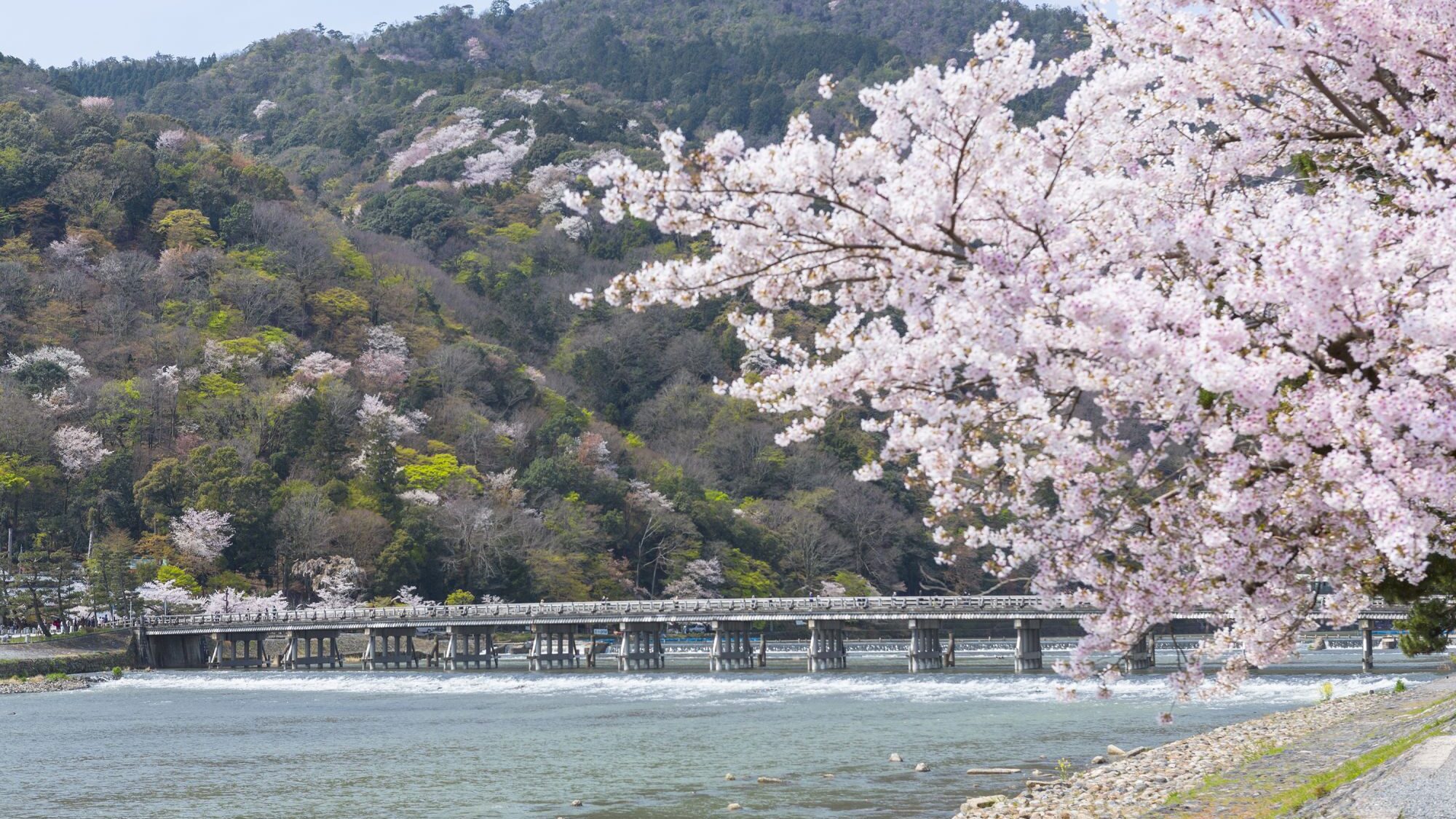
Expect higher prices and more tourists during these peak seasons, particularly during the cherry blossom and autumn leaf viewing periods.
Summer (June-August) is hot and humid with occasional rainfall, but offers festivals like the Gion Matsuri.
If you prefer a quieter, more budget-friendly trip, consider winter (December-February).
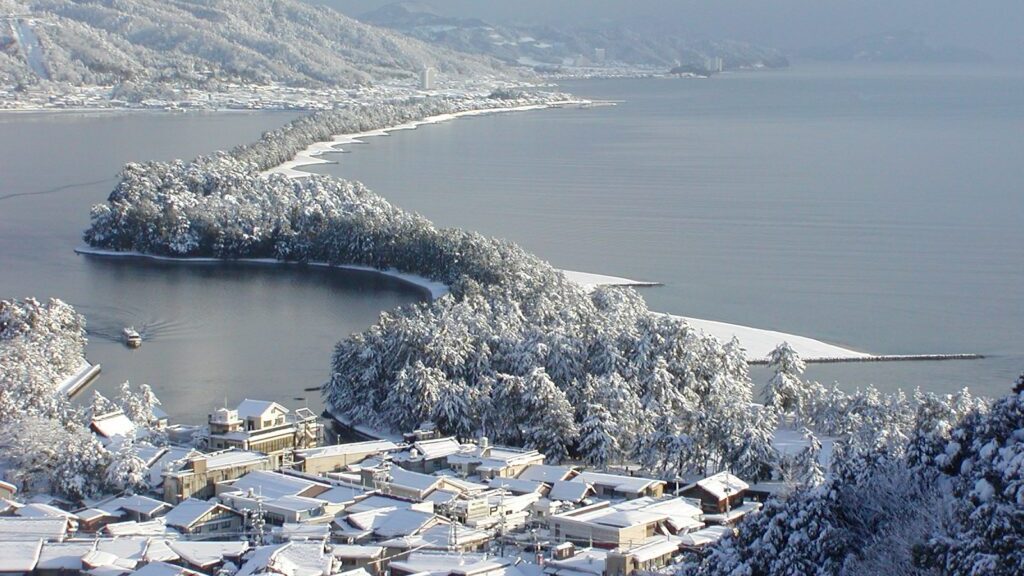
Winter temperatures can drop below freezing, with occasional snowfall, creating a unique atmosphere.
Some temples and gardens might also have limited hours during winter.
Be aware that the rainy season typically occurs in June and July, and typhoon season runs from August to October and weather during these times may be disruptive, potentially affecting travel plans.
All Events in Kyoto
No events found.
Tours and Activities in Kyoto
None found.
Where should I stay in Kyoto?
Kyoto City itself offers a plethora of options, with Gion and Higashiyama districts being popular for their traditional charm and proximity to temples.
For budget travelers, staying near Kyoto Station offers excellent transport links and affordable accommodations like the Hotel Wing International Kyoto – Shijo Karasuma, one of many national hotel chains located near-by.
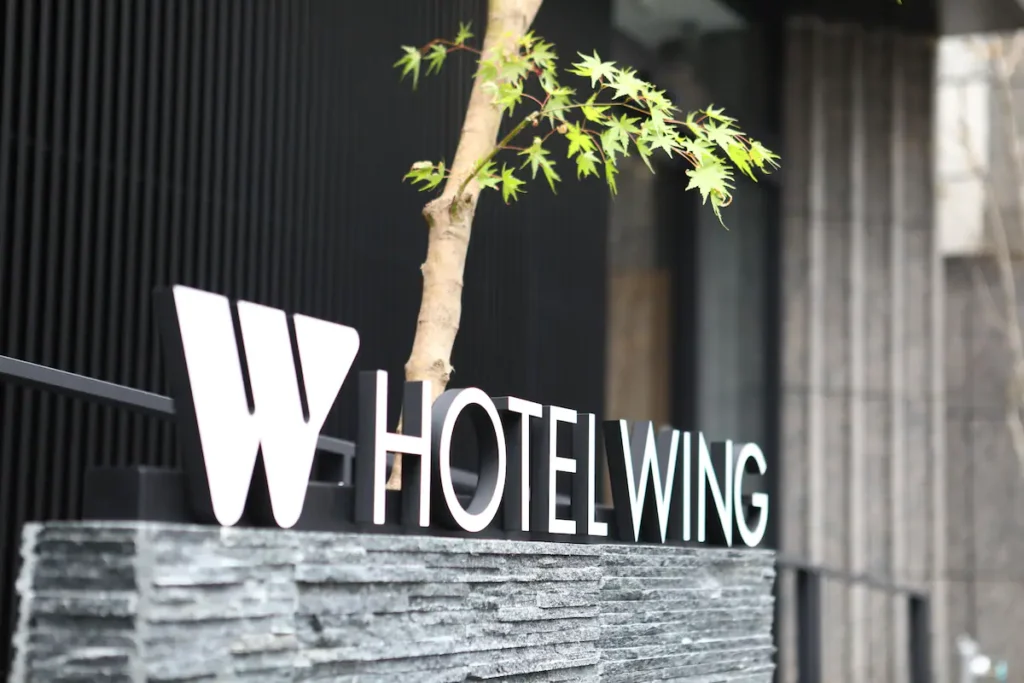
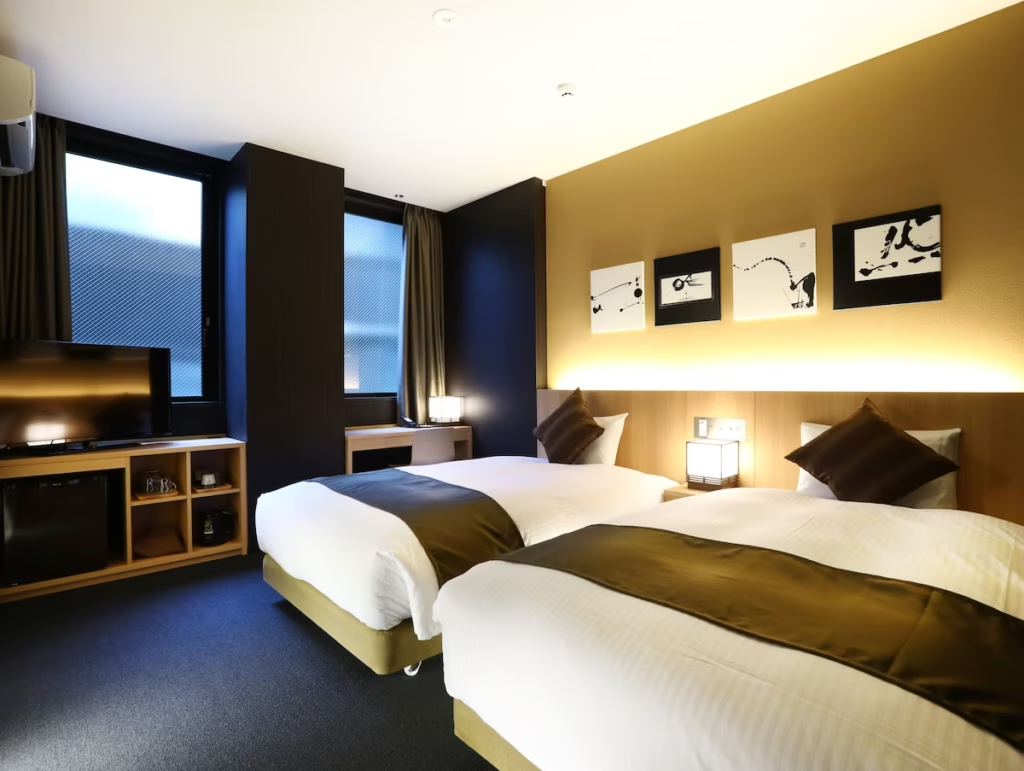


For a more luxurious experience, consider The Ritz-Carlton, Kyoto, situated along the Kamogawa River, offering impeccable service, exquisite dining, and stunning views.




If you prefer a more tranquil escape, consider areas like Arashiyama, famed for its bamboo forest, or Ohara, nestled in the mountains north of the city.
Arashiyama offers traditional Ryokans like Kadensho, allowing guests to immerse themselves in Japanese culture.




While staying within the city offers easy access to major attractions, venturing further afield to areas such as Uji and Kameoka provides a different perspective on Kyoto’s beauty and allows for exploration of charming towns and stunning natural landscapes.




Ultimately, the best place to stay depends on your personal preferences and how you want to experience this captivating prefecture.
How do I get to Kyoto?
The most convenient method for international travelers to reach Kyoto Prefecture is flying into Kansai International Airport (KIX) near Osaka.

From Kansai Airport, the direct JR Haruka express train reaches Kyoto Station in approximately 75 minutes.
Alternatively, a more affordable option is the limited express train, taking around 90 minutes.
For domestic travel, numerous bullet trains (shinkansen) connect Kyoto Station with major cities like Tokyo (2 hours 15 minutes), Osaka (15 minutes), and Nagoya (35 minutes).

Highway buses provide another economical choice, with routes from various cities, though travel times are longer.
Within Kyoto Prefecture, a comprehensive network of local trains, subways, and buses facilitates travel between cities and attractions.

Consider purchasing an ICOCA card for convenient payment on public transportation. IC cards from other areas in Japan such as SUICA or PASMO will still work and can be topped up, however, they cannot be replaced or refunded at stations in areas that use ICOCA.

This post may contain affiliate links, and Essential Japan may earn a commission if you purchase through them.
No tags for this post.